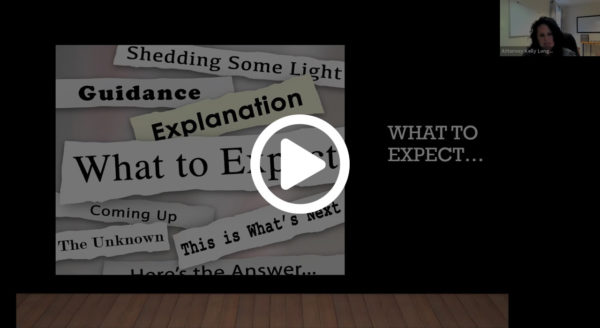When planning for death, most people assume they will die before their beneficiaries (e.g., their spouse, children, and grandchildren). While these assumptions are often well-founded, they do not always come to pass. Sometimes a beneficiary of an estate or trust dies before the person leaving the inheritance. If this has happened to you, you may be wondering what is next. How does this event impact your original plans? The truth is, it depends on a number of factors. Lawyers call this scenario having a predeceased beneficiary.
If you have a predeceased beneficiary, you must review your estate planning to see what accommodations, if any, exist. The review of, and any updates to, your estate planning documents are critical to ensuring your valuable possessions are distributed the way you would like them to be. The details of your plan should outline the various accounts and property you own and how they are to be treated in the case of a predeceased beneficiary. Parsing through your accounts and property is key for navigating this situation. Failure to address a predeceased beneficiary in your plan could result in the state deciding the fate of your accounts and property, which may not serve your purposes and can ultimately leave your remaining beneficiaries sorting through a legal nightmare.
The most common scenarios regarding predeceased beneficiaries are that
- your estate planning documents are silent on the issue, or
- your estate planning documents name contingent beneficiaries.
There are important considerations to keep in mind in either instance.
Estate Planning Documents are Silent
An estate planning document is silent on the issue of predeceased beneficiaries if no contingent beneficiaries are identified. A contingent beneficiary is a backup, secondary beneficiary who receives an account or piece of property if the first beneficiary, known as the primary beneficiary, dies before you do. If no contingent beneficiaries are named, the gift in question is cancelled and the accounts and property will be considered part of your general estate and distributed according to the will in place through the legal process known as probate. In other words, the beneficiary’s portion is absorbed back into the estate and becomes part of the leftover or residuary estate. This cancellation can be problematic if the beneficiary has descendants who you would like to receive that portion of the inheritance.
Example: Adam has a daughter named Becky and Becky has three children. Adam’s will states that Becky will inherit Adam’s prized antique collection. If Becky dies before Adam, and if Becky’s children are not named as contingent beneficiaries, this could result in Becky’s children missing out on this gift.
Some states have enacted anti-lapse laws to protect against this result. In these jurisdictions, the heirs of the beneficiary will receive the gift. There are a few caveats and distinctions from jurisdiction to jurisdiction. Some states limit the heirs that can benefit from anti-lapse laws to those who are blood relatives. As a result, the outcome for when an estate planning document remains silent will differ from situation to situation.
Estate Planning Documents Name a Contingent Beneficiary
If your will or trust specifically names a contingent beneficiary, the result is fairly straightforward. The individual identified will inherit the beneficiary’s portion. However, if a specific name has not been identified, the assets may be distributed a few different ways depending on what stipulations, if any, were made in the original estate plan or what the default provisions of the applicable state law are.
- Per Stirpes. In some cases, where the will or trust has not specifically identified to whom a specific asset should go, the distribution may be made per stirpes. A per stirpes distribution means that the next generation of the beneficiary receives that beneficiary’s share in equal amounts. One potential downside to this approach is that the spouse of the beneficiary may be left out from the distribution.
- Per Capita with Representation. In other instances, a per capita distribution occurs. This type of distribution provides another option that leads to equity at each generation level. Essentially, the assets are divided by the number of heirs in the generation level. In other words, predeceased beneficiaries’ children will receive the same portion as their cousins if their parents are also predeceased.
The language of your estate planning documents should dictate how beneficiaries and their shares are to be treated. In most instances, it is prudent to revise your estate planning documents so that they accurately reflect your current wishes. Having up-to-date estate planning documents helps ensure that your wishes are clearly communicated to the people that will be involved in administering your estate, saving time, money, and stress for your loved ones during a difficult time.
We Can Help
It is critical to ensure that your planning is flexible enough to accommodate for the many changes that occur in life and death. If you need help reviewing your documents to make sure your goals will be carried out as you would expect, schedule an appointment with us. We will help you plan for the various life events that come your way.

